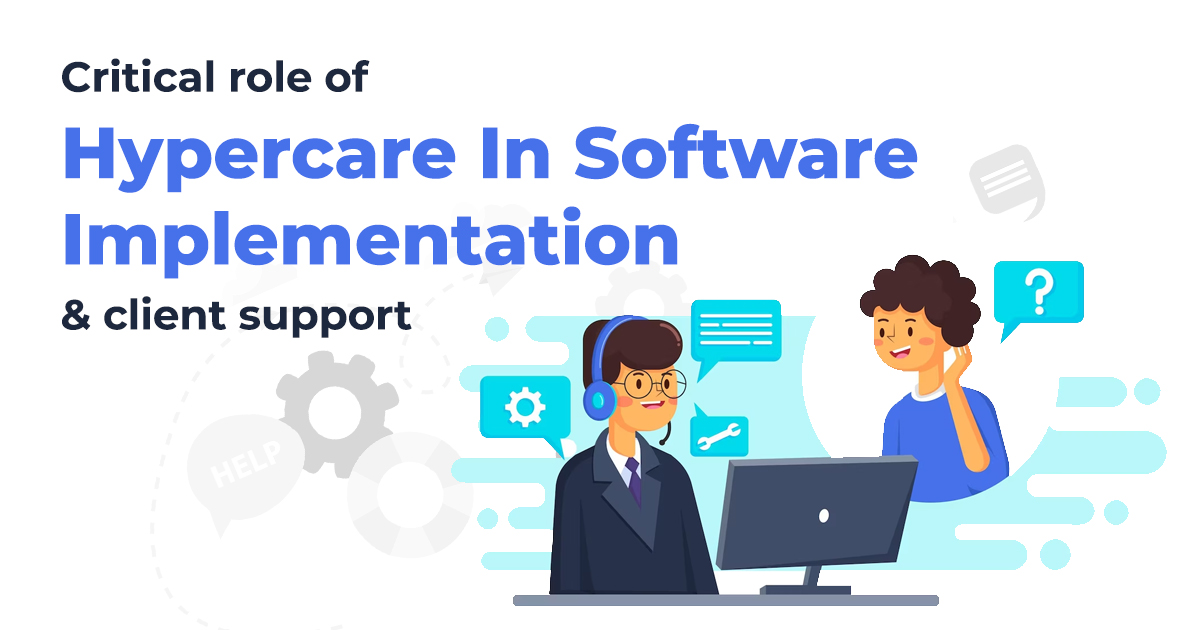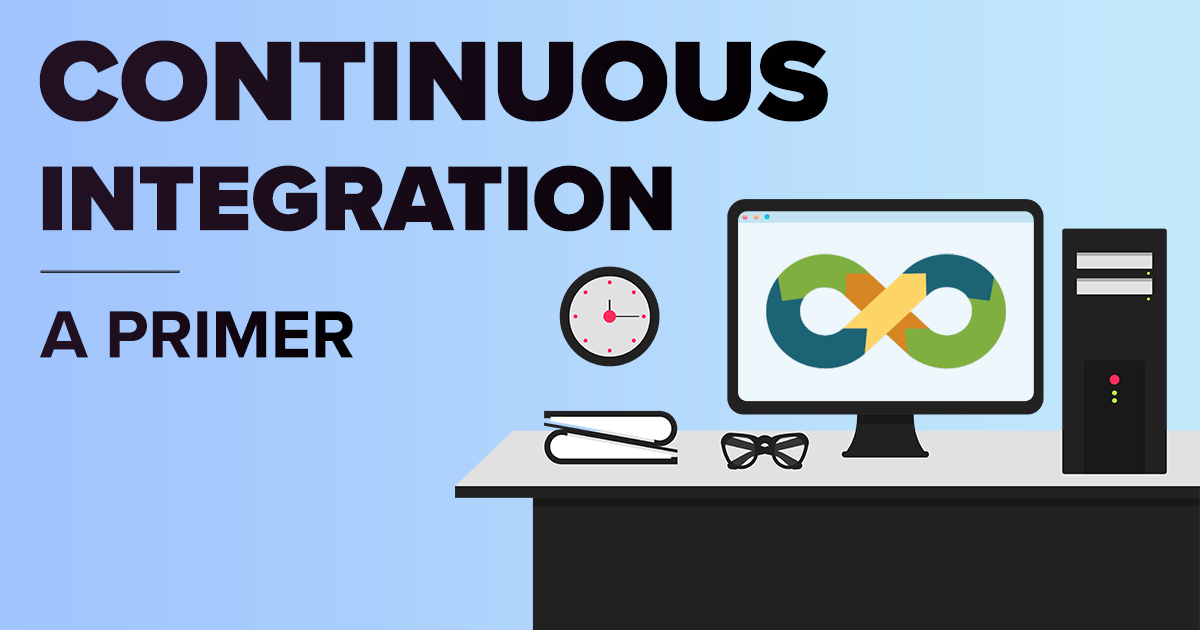Hello!! Are you sure it’s the right time to say yes to Microservices?
March 24, 2022 5:11 pm | by Aviral Chitkara | Posted in Tech
There is already too much said about Microservices and how they have created waves in developing scalable applications. As they have gone mainstream, many developers think of switching towards this distributed architecture and avail tons of benefits it offers to its users in numerous ways. However, before making the decision, it becomes crucial to understand all the aspects that should be considered while switching to Microservices for an organization from monolith.
No two business organizations are the same and neither are their challenges. Every organization has a different set of expertise, culture and needs, and so are their expectations from microservices architecture. Below we present you some of the scenarios that strongly advocate porting towards microservices architecture.

- Scalability
The scalability of the application is directly proportional to the growth of the organization. If a platform is scalable, it allows multiple windows to accommodate growth and generate ROI. Although, scaling of a business application becomes a difficult task when it seeks more functionalities and size as there is a requirement of massive resources as per new functionalities. In that case, shifting towards microservices is a smart choice as it provides the flexibility to the developers to scale applications individually and independently as per their requirements.
- Data Complexity
- Large Team Size
What is the right approach for moving your business application from monolith to microservices?
- Forming Teams
- Understanding Goals
- Don’t make further advancements in the Monolithic
While transitioning to microservices, do not add/expand the monolithic code as it will unnecessarily add on more time of transition. Instead, add new features or advancements in the microservices decoupled from the monolithic counterpart. Each time a module is converted into a microservice, the monolithic application will ultimately shrink or get enough break to convert into a service.
- One thing at a time
Many organizations do a common practice of doing all sorts of operations simultaneously. But, in the case of microservices, the best approach is focusing on one task at a time which can roll out long-term benefits without any errors.
How can we help?
Sarvika Technologies has a long and successful history of making digital transformations obtained through effective strategies and accomplishments. We have collaborated with leaders of diverse industries and successfully resolved their business challenges with our technical expertise and let them achieve a superior outcome. Get in touch with us for discussing your next project or to share any feedback by writing to us at hello@sarvika.com.
Written by Aviral Chitkara
Business Operations Manager
Aviral is the Business Operations Manager at Sarvika Technologies. His research skills are unquestionable, and so is his ability to provide constant motivation to the team. An engineer turned business expansion enthusiast, Aviral is a knowledge bank when it comes to politics. Whatever the confusion or problem, he is always the one with answers.




